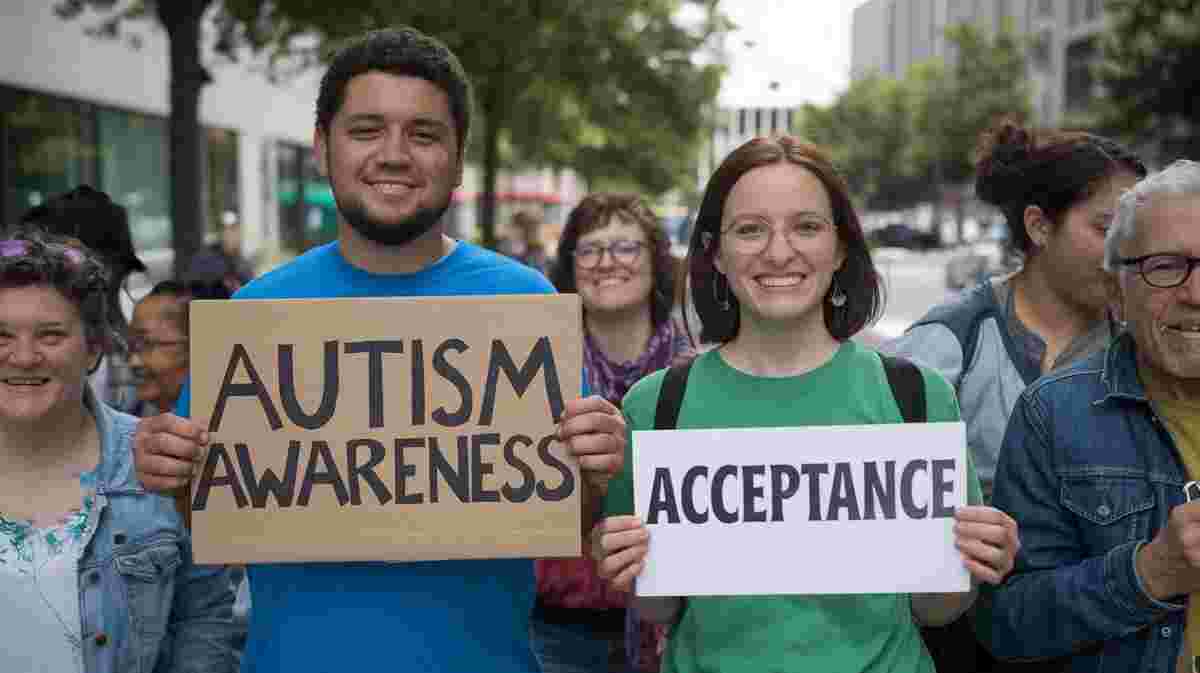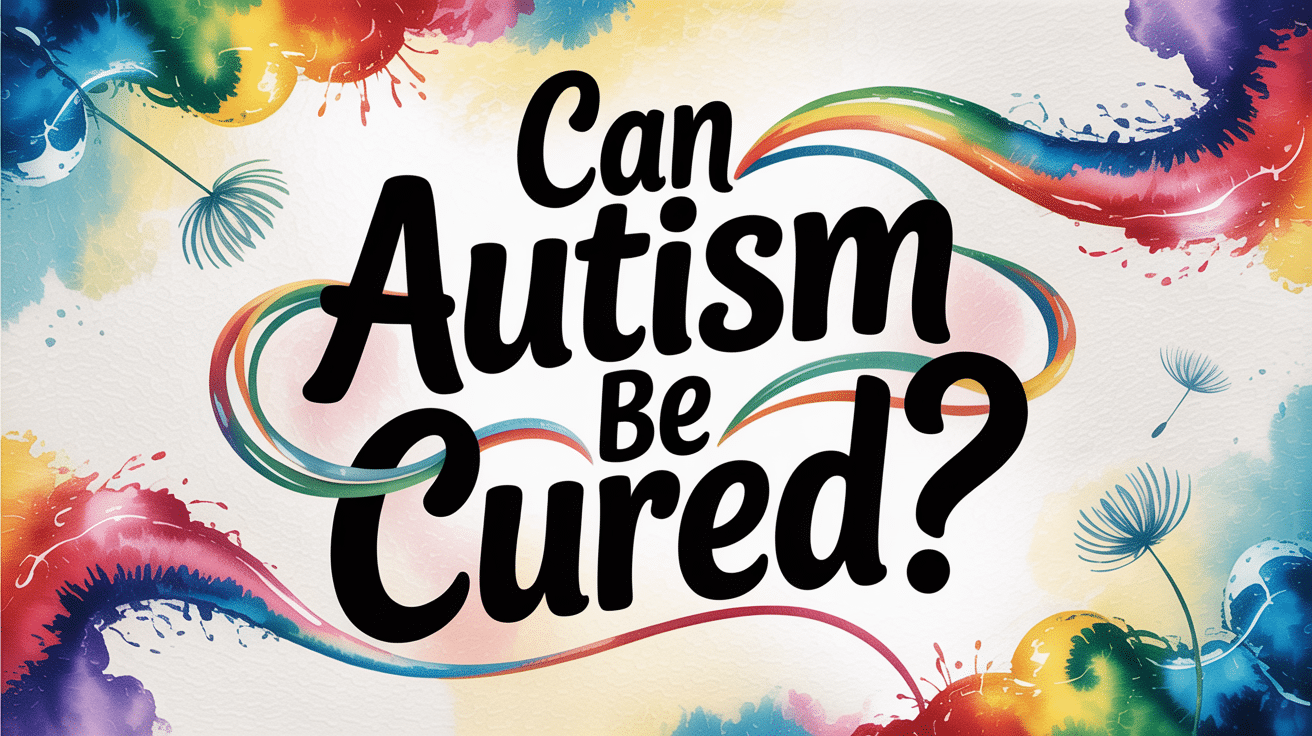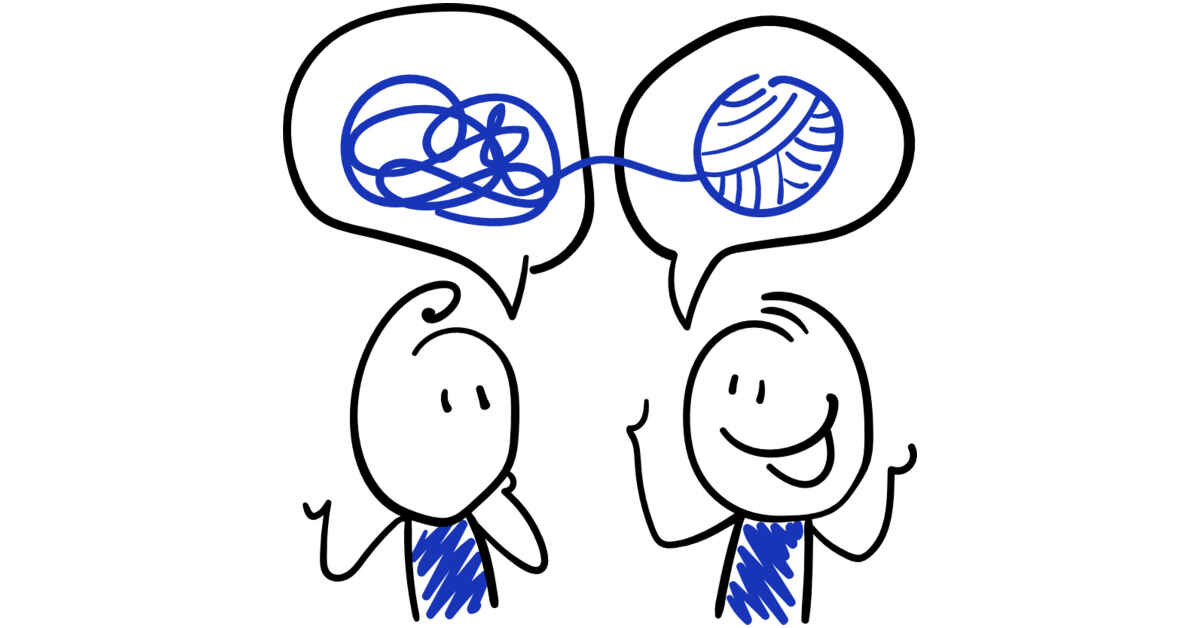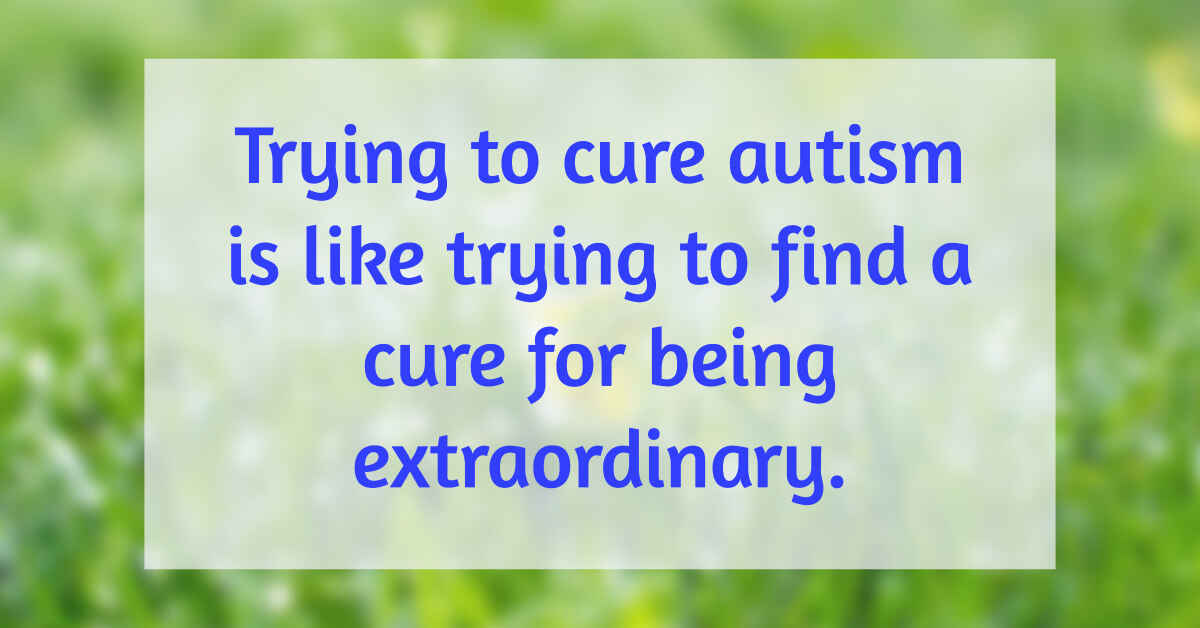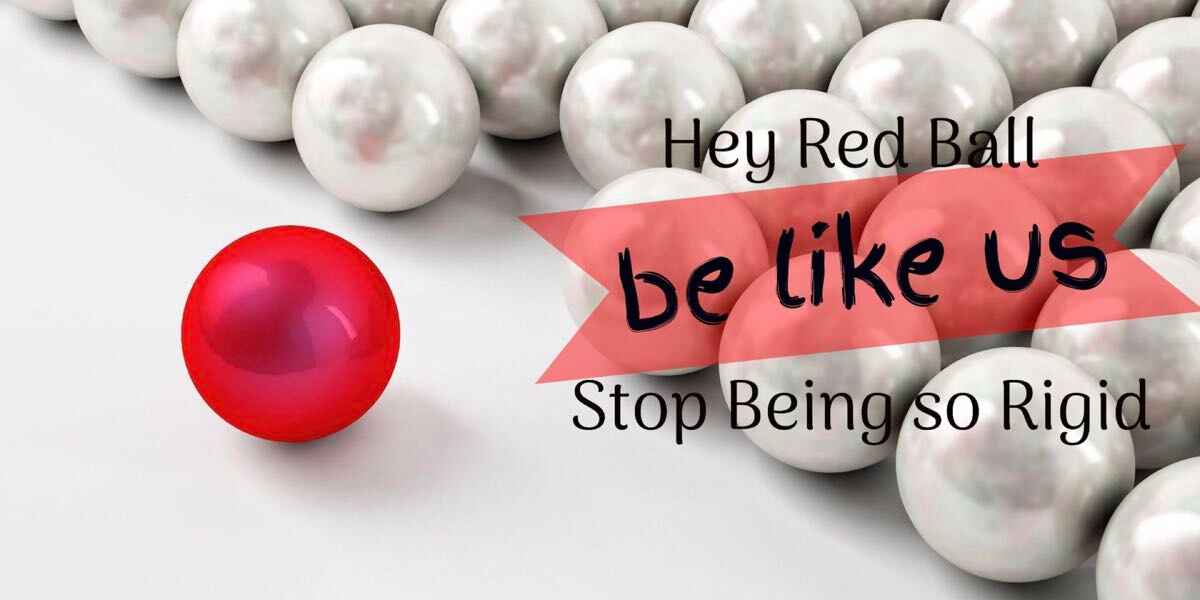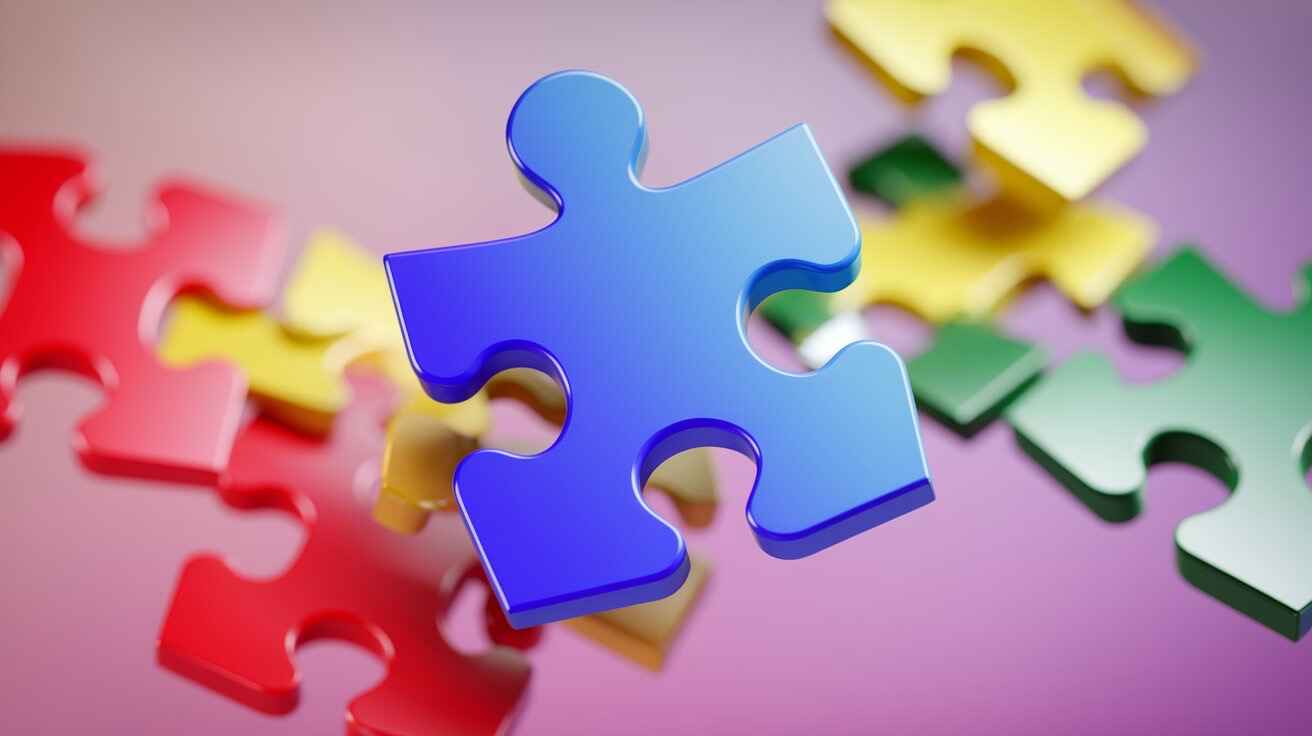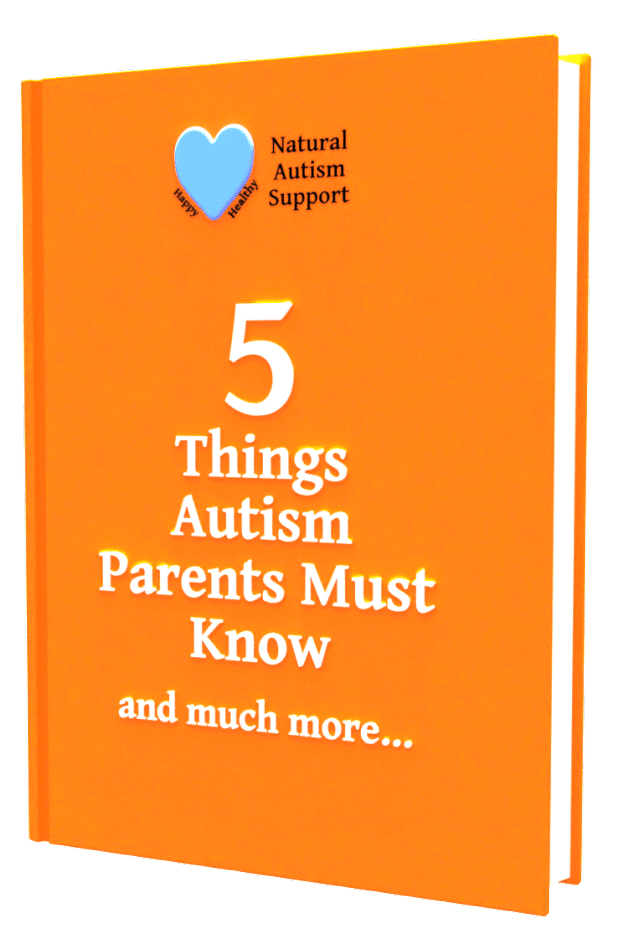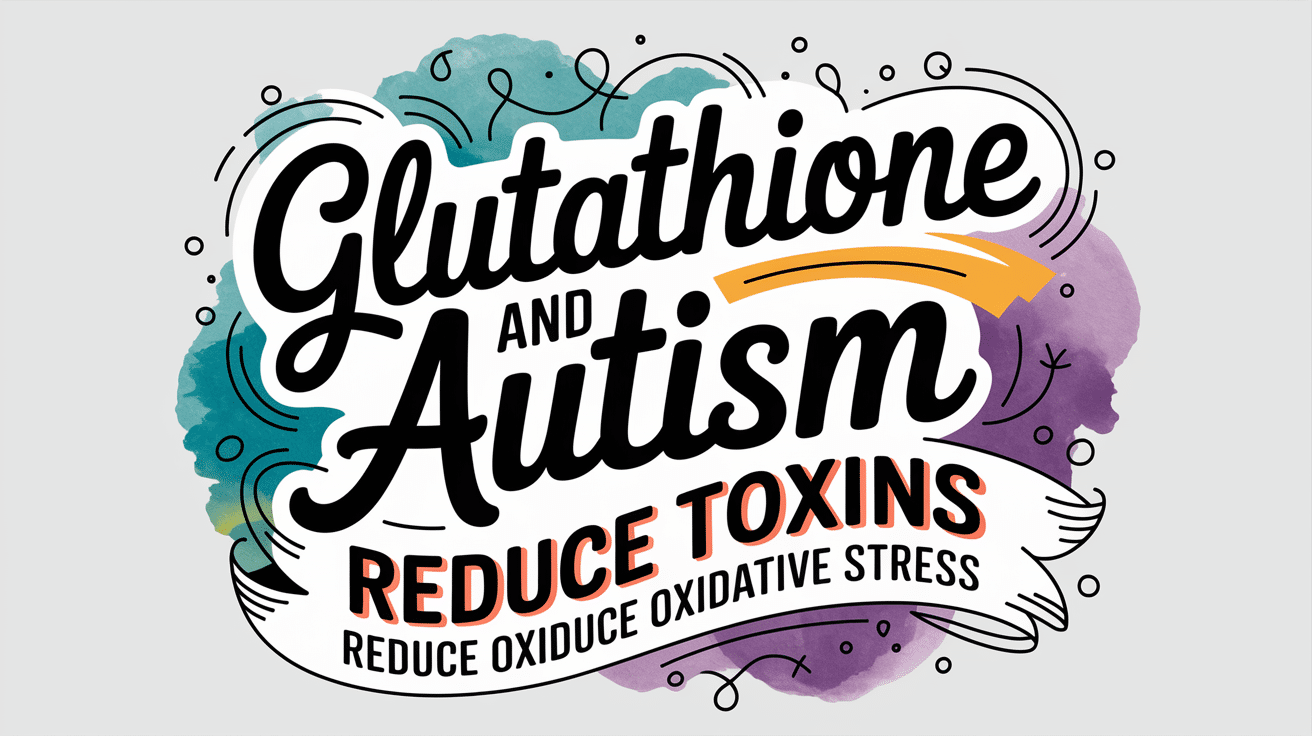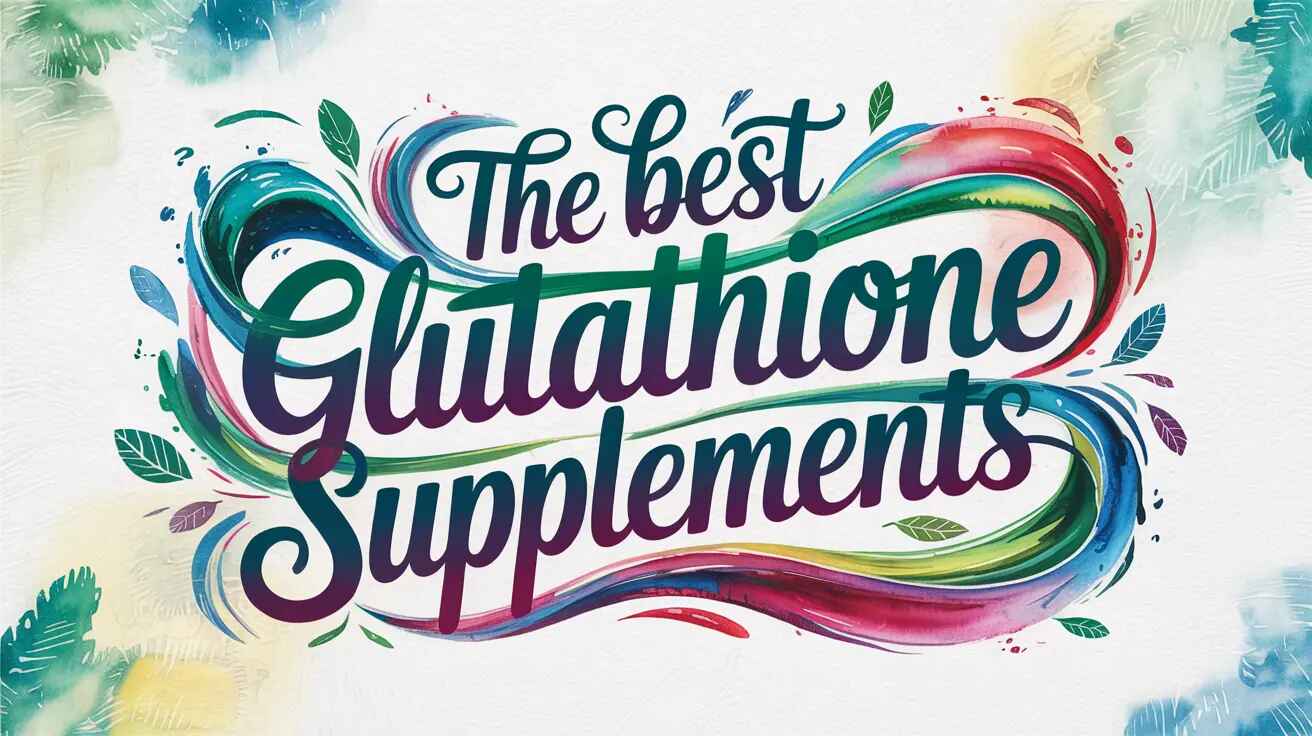Every April, as Autism Spectrum Disorder Awareness Month unfolds, families, caregivers, and advocates find themselves at the crossroads of two vital movements: autism awareness and autism acceptance. This conversation isn't just linguistic semantics; it’s about shaping the societal understanding and the approach towards those on the autism spectrum. Let’s dive into what these terms mean and how they impact the autism community.
The Essence of Autism Awareness
Autism awareness, often highlighted during autism spectrum disorder month, places a magnifying glass on understanding and identifying autism spectrum disorders. It seeks to educate the public about what these disorders are, their symptoms, and ways to support autistic individuals. Think of it as a global classroom where everyone is on a mission to get an A+ in empathy and understanding.
Events such as autism awareness campaigns and autism education programs play a pivotal role in this mission. These initiatives educate communities about the wide spectrum of conditions within ASD, aiming to foster early recognition and intervention strategies. In fact, early diagnosis can significantly improve the quality of life for autistic individuals by providing timely support and resources. According to the CDC, approximately 1 in 44 children in the U.S. is diagnosed with autism, which underscores the importance of being aware and informed.
Understanding autism isn't just a science; it's an art. It involves appreciating the unique perspectives and abilities that autistic individuals bring to our world. The more society engages with autism awareness initiatives, the better equipped we are to dispel myths and outdated notions. Think of this effort as a big, collaborative brainstorming session where ideas are bounced around, misconceptions are tackled, and myths are debunked. Remember, it's not about quizzing each other on facts but instead fostering a supportive environment.
"Awareness is like the sun. When it shines on things, they are transformed." — Thich Nhat Hanh
By promoting autism understanding, we are essentially planting seeds for a more inclusive society. So, whether you're joining an autism awareness drive or simply reading up on autism resources, every little step counts. Let's continue on this journey of empathy, perhaps with a sprinkle of humor to lighten the strides. After all, who said raising autism spectrum awareness can't be a path filled with both learning and laughter?
Embracing Autism Acceptance
Autism acceptance isn't just a trendy phrase; it's a transformative movement that how we perceive and interact with autistic individuals. Imagine living in a world where every quirk and unique trait is not just tolerated but embraced—which sounds like a delightful utopia, right? The rise in autism acceptance initiatives, such as autism acceptance month, is paving the way towards this inclusive reality.
According to a report by the National Autistic Society, only 16% of autistic adults are in full-time paid employment [source]. Clearly, we have room to grow in creating environments where diversity is more than just an HR checklist item.
What does true acceptance look like? It’s envisioning a society where an autistic child’s love for collecting twigs is seen as their unique passion—not just a habit to be "fixed." We need to shift from simply marking dates on calendars such as autism spectrum disorder awareness month to creating spaces where every characteristic of neurodivergent individuals is welcomed. And yes, that also includes appreciating their "fun facts only a llama enthusiast would bless you with" conversations at parties.
For example, promoting autism understanding doesn’t end with awareness programs; it blends beautifully with neurodiversity celebration initiatives. As Temple Grandin, a renowned autistic advocate, poignantly states:
"The world needs all types of minds." – Temple Grandin
This mindset encourages shifts in educational systems, employment sectors, and even local communities. Schools, for instance, could implement autism-sensitive curriculums that allow for flexible learning styles. Likewise, workplaces can tailor roles to harness the strengths of their neurodivergent employees, rather than casting them in conventional molds that don’t fit.
Understanding autism through acceptance means moving past the myths that have long shrouded it. It asks for an active citizenship that goes beyond blue hue lighting during autism awareness month and insists on pushing for autism inclusion efforts every single day. Imagine attending inclusive autism events where no one is 'shushed' for expressing joy differently, or joining campaigns that are not about 'fixing' someone, but about amplifying their unique voices. As we advance this narrative, perhaps someday, 'autism acceptance' will be more than just a goal; it will be our society's second nature.
A Balancing Act: Awareness vs. Acceptance
The debate around "awareness" versus "acceptance" often feels like choosing between chocolate or vanilla—sure, we could just revel in the harmonious swirl of a delightful soft serve cone? In truth, both autism spectrum disorder awareness month initiatives and acceptance campaigns are essential ingredients in the mix. Awareness brings autism spectrum education to the public eye, breaking down misunderstandings and building a solid base of informed support. It’s like switching on a light in a dark room; suddenly, everything becomes clearer. According to the CDC, about 1 in 36 children in the United States is diagnosed with an autism spectrum disorder, demonstrating the importance of widespread understanding.
On the flip side of the coin, acceptance encourages society to open its arms—and minds—to autistic individuals, embracing them as valuable members of our communities. It’s not about making society fit certain individuals, but reshaping society to celebrate diversity. As Steve Silberman, the author of NeuroTribes puts it:
"The more the focus is on acceptance, the stronger the foundation for advocacy becomes."
Consider the impact of autism acceptance initiatives: these programs help integrate individuals into everyday life while empowering autistic voices. Through these efforts, we’re not just promoting autism understanding but establishing an environment where autistic individuals can thrive. Think of it like planting a garden; awareness ensures that everyone knows it is there, while acceptance lets it grow, bloom, and beautify our world.
Ultimately, supporting autistic individuals requires balancing both awareness and acceptance. Similar to maintaining a balanced diet—each play a crucial role in the overall health of autism advocacy programs. We must not view them as opposing forces but as complementary strategies in our collective journey of understanding autism.
Impact on Families and Communities
Embarking on the autism journey as a family can sometimes feel you’re standing at a fork in the road—one sign reads "Autism Awareness," and the other "Autism Acceptance." It’s crucial to know which path to tread, as this choice can significantly impact the autism community support you form and the initiatives you choose to advocate for your child and others. After all, "awareness" is about understanding, but "acceptance" is about embracing and nurturing potential.
When families join autism awareness drives, they’re signing up for education—learning the signs, understanding the spectrum, and promoting autism understanding. It’s like preparing for a pop quiz on neurodiversity, ensuring that everyone in the community can ace it. But venturing into autism acceptance events? That’s where the magic happens. Here, families learn to celebrate the unique strengths and perspectives of their autistic loved ones.
Participating in these community activities isn’t just bringing a picnic blanket to a well-organized park—it's about planting seeds for a garden where autistic individuals can thrive. Here’s a little statistic for you: according to the CDC, 1 in 36 children has been identified with autism spectrum disorder (ASD) in the U.S. (source). This means fostering inclusive environments is not just a courtesy; it’s a necessity.
For a family, understanding autism goes beyond raising autism awareness; it's about creating autism-friendly communities that celebrate differences rather than merely tolerate them. Imagine starting up an "autism-friendly bowling league" or hosting "autism sensitivity training" as part of community outreach. Empathetic initiatives like these transform awareness into acceptance. As Temple Grandin, a renowned autism advocate, once said:
"I am different, not less."
By supporting autistic individuals through awareness and acceptance, families not only weave a safety net of understanding for their loved ones but also craft a tapestry rich with diversity for their entire community. In the end, autism community support isn’t just about knowing the terms; it’s about opening doors, lending a hand, and making sure everyone gets a fair chance to dance to their own rhythm.
How to Move Forward
As we navigate the overlapping paths of autism awareness and acceptance, moving forward calls for actionable, empathetic initiatives that drive real change. This combination isn't just about marking calendar days or attending events—it’s about sustainable transformation in how society perceives and supports individuals with autism. Here’s how you can contribute:
- Engage in Autism Advocacy Programs: Get involved with autism advocacy initiatives that focus not only on awareness but also on crafting policy changes and promoting autism-friendly workplaces. Many organizations, such as the Autism Society, offer opportunities for volunteers to support legislative changes that prioritize neurodivergent inclusion and access to necessary resources.
- Support Autism Acceptance Campaigns: Champion causes that highlight and celebrate neurodiversity. Share stories and experiences of those on the autism spectrum in your networks to debunk myths and highlight the authenticity of autistic voices. Remember, advocating for autism acceptance means sharing the stage, amplifying their voices, and listening with an open heart.
- Participate in Autism Sensitivity Training: Whether in schools, workplaces, or community centers, autism sensitivity training can pave the way for a better understanding and awareness of the challenges faced by autistic individuals. These trainings teach valuable communication strategies and inclusivity practices that are essential for fostering supportive environments.
Ultimately, the path forward is paved with empathy, action, and education. By uniting autism awareness with acceptance, we are not only raising autism spectrum awareness but building a world that truly embraces each individual’s unique contributions.
- Attend Autism-Related Events: Ever been to an autism-friendly event? They're like a cozy campfire for the soul, where learning and connection warm you up. Whether it's a local autism education seminar or an inclusive autism event filled with inspiring stories, these gatherings are fantastic opportunities. You don't need a golden ticket to participate—most are open to all, and some are even free!
- Embrace Autism Education: There's nothing more empowering than knowledge. Schools and communities are increasingly offering autism education programs that cater to all ages. Whether you're a student, teacher, or just a curious cat, signing up for autism spectrum education workshops could be your golden ticket to understanding ASD.
- Promote Autism Understanding: You know those Facebook posts about grandma's new cat filter photo? Let's switch that to something more impactful—like promoting autism understanding. Share autism resources, awareness for autism spectrum initiatives, and encourage your friends (yes, even that one who shares endless memes) to participate in autism awareness campaigns.
The real secret sauce? It's all about collective efforts in raising autism spectrum awareness. Just think of us all as the Avengers of autism advocacy, each wielding unique powers to make meaningful changes. As the brilliant self-advocate, Dr. Stephen Shore, said,
"If you've met one individual with autism, you've met one individual with autism."
This quote highlights the diversity and uniqueness within the autism spectrum. By raising awareness and fostering acceptance, we can help our communities become more inclusive, compassionate, and robust supporters of autistic individuals.
So, let’s rally together. Participate, educate, and understand. It's more than just an autism acceptance month activity; it’s a journey towards a harmonious society, where every autistic voice is heard and celebrated.
Conclusion: Towards a Holistic Approach
The journey from autism awareness to autism acceptance reminds us of that age-old conrum: "Which came first, the chicken or the egg?" Well either way, we're here for thelet—by which I mean a more inclusive, informed, and accepting society for everyone on the autism spectrum. Much like the colorful array of vegetables and cheeses that make an omelet truly delightful, a holistic approach to supporting autistic individuals is about bringing together awareness, acceptance, and advocacy.
First, let's debunk a myth: raising autism spectrum disorder awareness month isn't just about donning blue apparel and sharing infographics (though, let's be honest, we look fabulous in blue). It's about deepening our understanding of autism and dismantling myths. Autism spectrum disorder affects approximately 1 in 54 children in the United States, according to the CDC. With numbers like these, increasing autism awareness becomes not just a commendable goal but a necessity.
So, how do we shift gears from just awareness to genuine acceptance? It starts with promoting autism understanding and recognizing the strengths and potential of autistic individuals. Acceptance is celebrating neurodiversity and understanding that, just like you can't squeeze into those jeans from high school, some societal norms are worth outgrowing. True inclusion comes from acknowledging that everyone's contribution matters—whether it's Leonardo Da Vinci's creative genius or Greta Thunberg's inspiring activism, both of whom are believed to be on the spectrum.
Lastly, let's not forget the power of advocacy in our omelet recipe. This is where autism advocacy takes the stage. We need voices that advocate for policies that create autism-friendly communities, where supporting autistic individuals is more than lip service, and autism resources are readily accessible. It's about empowering autistic voices, just like a maestro leading an orchestra, crafting a harmonious future where all are heard. As the late Dr. Temple Grandin put it,
"The world needs all types of minds."
In this expanding narrative of autism awareness and acceptance, let's remember not just to take about autism for one month, but to integrate it into the heartbeat of our daily lives. By focusing on inclusivity, we ensure that every individual, irrespective of neurological makeup, has the opportunity to weave their unique, colorful thread into the rich tapestry of our communities.
Frequently Asked Questions
What is the difference between autism awareness and autism acceptance?
Great question! Autism awareness refers to understanding what autism is — basic facts, common traits, and spreading knowledge about the condition. It’s about increasing general knowledge to foster understanding. On the other hand, autism acceptance goes a step further; it encourages embracing and respecting autistic individuals as they are, promoting their rights and inclusion without trying to 'cure' or change them. While awareness is about knowledge, acceptance is about attitude and action. Both are important, but acceptance focuses on creating a supportive environment where autistic voices are heard and valued.
How can schools and workplaces better support autistic individuals to promote acceptance?
Supporting autistic individuals in schools and workplaces involves several key steps:
- Inclusive policies: Implement anti-discrimination policies and flexible accommodations.
- Training and education: Provide staff and colleagues with autism awareness and sensitivity training.
- Customized support plans: Develop individualized plans that address specific needs, such as quiet spaces or clear communication preferences.
- Foster a welcoming environment: Promote understanding and respect for autistic differences through open dialogue and peer education.
- Focus on strengths: Recognize and utilize the unique skills and talents of autistic individuals to empower their participation and confidence.
Creating an environment that values diversity and encourages genuine acceptance helps autistic individuals thrive both academically and professionally.
What are some common misconceptions about autism that hinder acceptance?
There are many misconceptions that can lead to misunderstanding and lack of acceptance. Some common ones include:
- Autism is caused by vaccines: This myth has been thoroughly debunked; autism's causes are complex and involve genetic and environmental factors, but vaccines are not a cause.
- All autistic people have the same traits: Autism is a spectrum, meaning traits and abilities vary widely among individuals.
- Autistic people lack empathy: Many are deeply empathetic, but they may express it differently or have difficulty with traditional social cues.
- Autism is a mental illness: Autism is a neurodevelopmental condition, not a mental illness, and it doesn't inherently involve mental health concerns.
Breaking down these myths helps foster a more understanding and accepting society where autistic individuals are appreciated for their unique perspectives and contributions.
What are some effective ways to communicate with someone who is autistic?
Effective communication with autistic individuals often involves tailor-made strategies:
- Use clear, literal language: Avoid idioms, sarcasm, or implied meanings that might be misunderstood.
- Be patient and attentive: Give them extra time to process and respond.
- Observe and respect preferences: Some may prefer written communication, visuals, or specific routines.
- Adjust your tone and pace: Speak calmly and avoid overwhelming sensory input.
- Ask directly about their preferred methods: Encourage open discussion about how they find communication easiest.
Remember, each autistic person is unique. Building a relationship based on respect, patience, and openness is key to effective understanding and connection.
What are some recent advances in autism research that could improve acceptance and support?
Recent advances in autism research have deepened our understanding and opened new avenues for support:
- Neurodiversity paradigm: Recognizing autism as a natural variation in human neurology, which promotes acceptance and strength-based approaches.
- Early detection and intervention: Improved screening tools and therapies that support developmental outcomes and quality of life.
- Genetic research: Identifying genetic markers to better understand autism’s biological basis and tailor support strategies.
- Assistive technologies: Use of apps, sensory devices, and communication aids that enhance learning and social interaction.
- Person-centered approaches: Emphasizing individual preferences and goals in support plans, fostering dignity and autonomy.
These advances are contributing to a shift from viewing autism as a problem to understanding it as a different way of experiencing the world, which promotes greater acceptance and inclusion.

